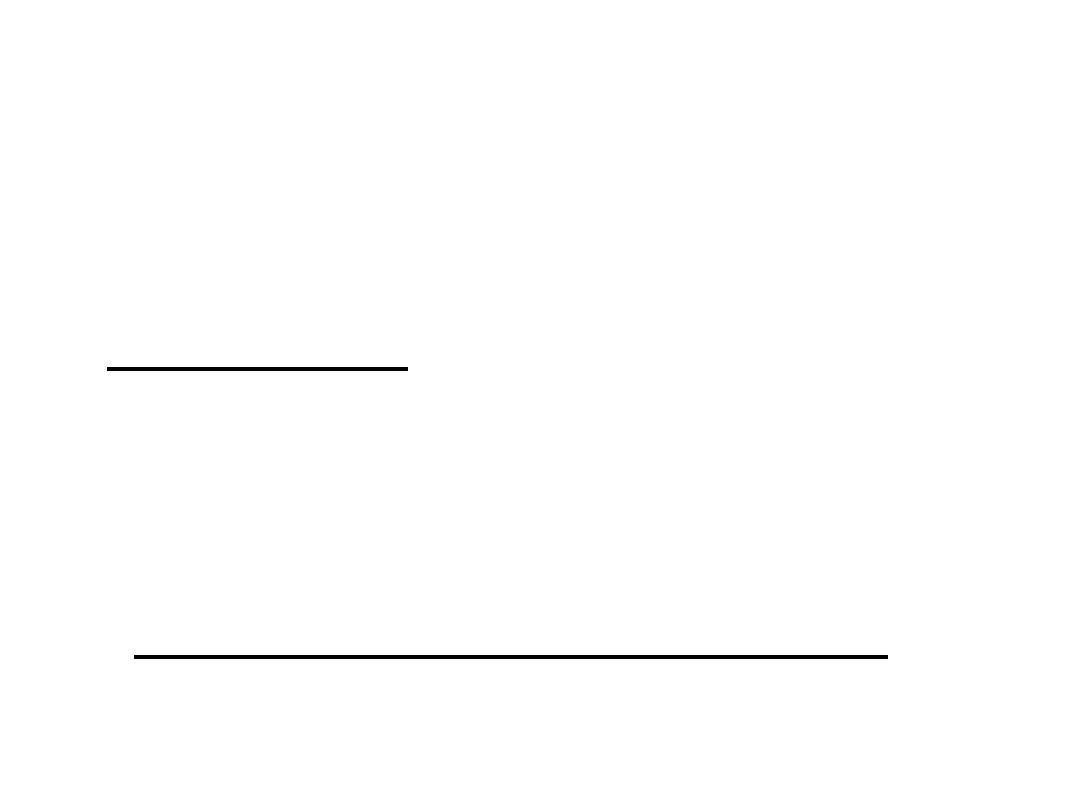
Lecture 5
Gluconeogenesis
Objectives
:
a- Describe the physiological states in which
gluconeogenesis is active & substrates involved.
b- State which tissues are involved.
c- Describe the key reactions & their
regulations.
d- Explain the recipricol regulation between
glycolysis and gluconeogenesis.

● Synthesis of a new Glc from non-CHO precursor
like lactate,pyruvate,glycerol,AAs
( called glucogenic AAs ).
● Location: liver,kidney ( main sites ) & less in the
intestine.
● Function: The liver acts as a productive organ of
Glc to compensate the low level of blood glucose ,
so gluconeogenesis is active during :
1- During fasting & starvation ( periods of
limited CHO intake & liver glycogen exhaustion).
2- During prolonged muscle exercise as
mentioned before. The Cori ̛s cycle of lactate (
lactic acid cycle).
MSD

● The triglyceride(Fat) or TAG
hydrolyzed by
lipases
(Lipolysis) in
adipose tissue to give Glycerol & fatty
acids. Glycerol moves into the liver &
by
kinase
→ Glycerol 3-P then by
dehydrogenase
→ DHAP & by
isomerase
→ Glyceraldehyde 3-P ( triose 3-P )
then by reverse reactions of glycolysis
into Glc. to supply the brain. MSD

3- Tissue protein breakdown ( Proteolysis)
contribute to form Glc by different AAs (
glucogenic AAs).These AAs on deamination
or transamination ( catabolic reactions of
AAs ) give keto acid of that AA.
e.g. Alanine(Ala)→ NH
2
+ pyruvate
( glycolysis end product)
Glutamate(Glu)→ NH
2
+
α-KG
( TCA cycle intermediate )
Pyruvates &
α-KG by gluconeogenic
reactions can produce Glc. The gluconeogenesis
pathway is the reversal of glycolysis except three
that must be passed :
MSD

1- Phosphorylation of Glc by
HK
.
2- Conversion of Frc6-P to Frc1,6bisP by
PFK
.
3- Conversion of PEP to pyruvate by
PK
.
A good example is Muscle Ala
Ala(muscle)→ Ala(blood)→Ala(liver)by
transamination → pyruvate(liver) → Glc(liver)
→Glc ( blood).
● Reactions:
1- Pyru. Carboxylation(matrix)
Pyru. + ATP + Mg+
² + CO
2
+ Biotin by
Carboxylase
→ OAA (matrix).
2- OAA + NADH by malate
DH
→malate(matrix)
MSD

3-
malate ( matrix) → malate ( cytosol )
4-
malate by
DH
→ OAA ( cytosol)
5-
OAA(cytosol) + GTP by
PEP
carboxykinase
→ PEP ( cytosol )
6 -
PEP→→→→→ Frc1,6bisP
this conversion occurs by sequential reactions
catalyzed by 6 enzymes ( simply
the reverse of glycolytic ones).
7-
Frc1,6bisP by
Frc1,6 bisphosphatase
(
Frc1,6bisPase)
→Frc6-P.
[
Frc1,6bisPase
is an allosteric enzyme activated
by citrate & inhibited by AMP & Frc2,6bisP]
8-
Frc6-P by
isomerase
→Glc6-P
MSD

9-
Glc6-P by
phosphatase ( Glc6Pase
)→
Glc.+ Pi .
GlcPase
is found in liver,kidney,small intestine
but not in muscles, so muscles do not contribute
Glc to the blood.
The conversion of 2 Pyruvates to 1 Glc uses 4
ATP & 2 GTP = 6 ATP . Therefore,
gluconeogenesis is unlike glycolysis is an
E- consuming pathway.
● Regulation :
Stimulated by ;
1- glucagon , glucocorticoids, epinephrine (
adrenaline) & cAMP.
MSD

2- Substrates like glucogenic AAs. MSD
3- Starvation since AcetylCoA acts as
allosteric activator of
pyruvate carboxylase (PC)
.
Inhibited by Insulin & after CHO feeding
( meal )
● Key enzymes : 1-
Carboxylase
2-
PEP carboxykinse 3- Frc1,6bisPase
4- Glc6Pase(G6Pase).
☻Genetic defect
( Multiple Carboxylase
deficiency )
.
● Glycolysis versus Gluconeogenesis
When blood Glc level is increased after a
meal of CHO ( fed state) , insulin is largely

Secreted from the pancreas to stimulate (
induce ) Glc uptake in muscles & adipose tissues
and also cause increased glycolytic enzyme
activity in liver (
GK,PFK-1,PK).
Certainly
gluconeogenesis is not required in this
condition . But,in case of prolonged ( fast state)
- Starvation ( Bl. Glc level is decreased ) and in
case of Diabetes mellitus [ Glc level is high due
to insulin deficiency or tissue insensitivity
( resistivity )] , then insulin- antagonists
hormones ( glucagon,epinephrine &
glucocorticoids) stimulate gluconeogenesis
enzymes activity
(PC,PEPcarboxykinase,G6Pase
).
